CDC Publishes First National Study of Lesbian, Gay, Bisexual High School Students’ Health
August 11, 2016 – First National Study of Lesbian, Gay, and Bisexual Students’ Health Finds Higher Levels of Physical/Sexual Violence and Bullying than Peers
The first nationally representative study of U.S. lesbian, gay and bisexual high school students finds they experience substantially higher levels of physical and sexual violence and bullying than other students – and are at risk for several serious outcomes.
Resources
- Press Release: First National Study of Lesbian, Gay and Bisexual Students’ Health Finds Higher Levels of Physical/Sexual Violence and Bullying Than Peers
- Data Summary: Data Summary
- Responsible Reporting Guide: CDC Study of Lesbian, Gay, and Bisexual Students’ Health: Supplemental Information for News Media
- Access Full Report: Sexual Identity, Sex of Sexual Contacts, and Health-Related Behaviors Among Students in Grades 9–12 — United States and Selected Sites, 2015
Graphics: Select Data Points from the First National Study of Lesbian, Gay, and Bisexual Students’ Health
The following graphics highlight major findings from the report, Sexual Identity, Sex of Sexual Contacts, and Health-Related Behaviors Among Students in Grades 9-12 – United States and Selected Sites, 2015. These high-resolution, public domain images are ready to download and print in your publication. Click on a graphic to see it in high-resolution.
These images are in the public domain and are thus free of any copyright restrictions. As a matter of courtesy, we ask that the content provider be credited and notified of any public or private usage of an image.
Percentage of Students Who Were Ever Physically Forced to Have Sexual Intercourse
 View High Resolution Version
View High Resolution Version
Compared to their heterosexual peers, lesbian, gay, and bisexual students were more than 3 times more likely to have ever been physically forced to have sexual intercourse.
Percentage of Students Who Experienced Sexual Dating Violence
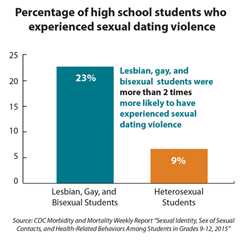 View High Resolution Version
View High Resolution Version
Compared to their heterosexual peers, lesbian, gay, and bisexual students were more than 2 times more likely to have experienced sexual dating violence.
Percentage of Students Who Experienced Physical Dating Violence
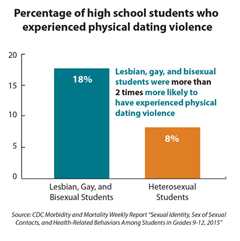 View High Resolution Version
View High Resolution Version
Compared to their heterosexual peers, lesbian, gay, and bisexual high school students were more than 2 times more likely to have experienced physical dating violence.
Percentage of Students Who Were Bullied on School Property
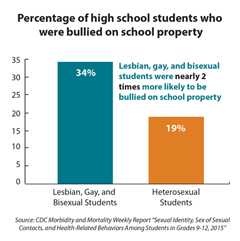 View High Resolution Version
View High Resolution Version
Compared to their heterosexual peers, lesbian, gay, and bisexual students were nearly 2 times more likely to be bullied on school property.
Percentage of Students Who Were Electronically Bullied
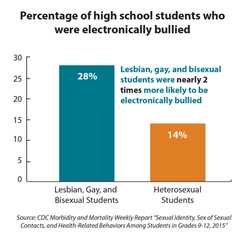 View High Resolution Version
View High Resolution Version
Compared to their heterosexual peers, lesbian, gay, and bisexual students were nearly 2 times more likely to be electronically bullied.
Spokespersons
Debra E. Houry, MD, MPH

“All of us can help to position lesbian, gay, and bisexual youth to survive and thrive in their environments, and it’s critical that we take action.” – Debra E. Houry, M.D., M.P.H., director of CDC’s National Center for Injury Prevention and Control
Jonathan Mermin, M.D.
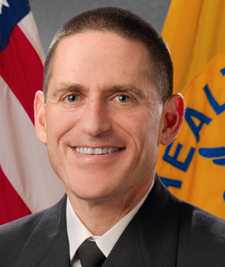
“Quantifying these risks and negative outcomes on a national scale is critical to protect the health and well-being of more than 1 million lesbian, gay, and bisexual students.” – Jonathan Mermin, M.D., director of CDC’s National Center for HIV/AIDS, Viral Hepatitis, STD, and TB Prevention
Laura Kann, Ph.D
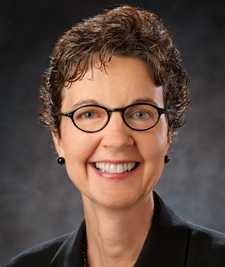
“While smaller studies have shown similar disparities, this study documents the national scope of the problem and will open the door to the type of analyses, research, and programs needed to protect the next generation.” – Laura Kann, Ph.D., chief of the School-Based Surveillance Branch within CDC’s Division of Adolescent and School Health
- Page last reviewed: August 11, 2016
- Page last updated: August 11, 2016
- Content source:


 ShareCompartir
ShareCompartir

